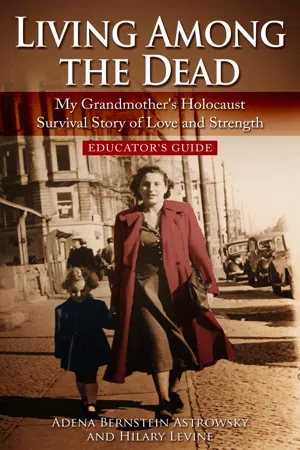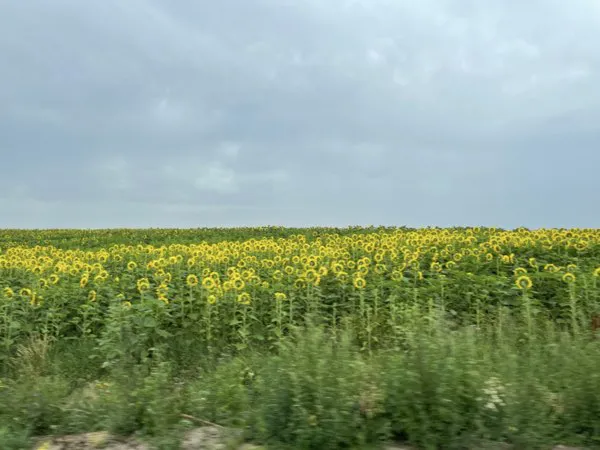Activities
- The author has fond memories of time spent with her grandmother, Mania, who she also refers to as “Bubbie,” the Yiddish word for grandmother. If you have relatives you have grown up around, share a story about your memories with one of them. Or, if you have visited a special relative who lives in another city, state, or country, write a letter to that person, thanking them for the time they spent with you.
- Music was a significant part of Mania’s life. Frederick Chopin was one of the most famous composers and pianists of the time. Expose your students to Chopin for an extra activity. Here are some resources: https://study.com/academy/lesson/frederic-chopin-lesson-for-kids.html
Vocabulary
- Bar Mitzvah
- Bat Mitzvah
- Shabbat
Discussion Questions
- Why is having children, grandchildren, and great-grandchildren so significant for Mania?
- The author is upset with her children when they say they are “starving” (6). Why does this bother her? Have your parents said similar things to you? Explain how trauma caused by hunger, homelessness or immigration, can be passed on through generations.
- Discuss the “presence of absence” (2). Do you identify with this, or are you surrounded by family? How did the Holocaust affect families for generations?
- The author ends this chapter with this: “By knowing your roots and remembering your history, I hope that we will all do our part to help achieve peace and to prevent further genocides” (13). How can knowing your roots and history help lay the foundation for a more peaceful future?
Resources
- A short video on the significance of Bar and Bat Mitzvahs: https://www.myjewishlearning.com/article/bar-and-bat-mitzvah-101/.
- Discuss the Jewish practice of leaving rocks on a grave: https://www.jewish-funeral-home.com/why-do-jews-place-stones-or-pebbles-on-a grave/
- A video explaining Shabbat:
- https://www.youtube.com/watch?v=vjmjZWHXKFY.
- How to make Challah: https://www.youtube.com/watch?v=yFD7_y9ux-U&ab_channel=TheCookingFoodie


